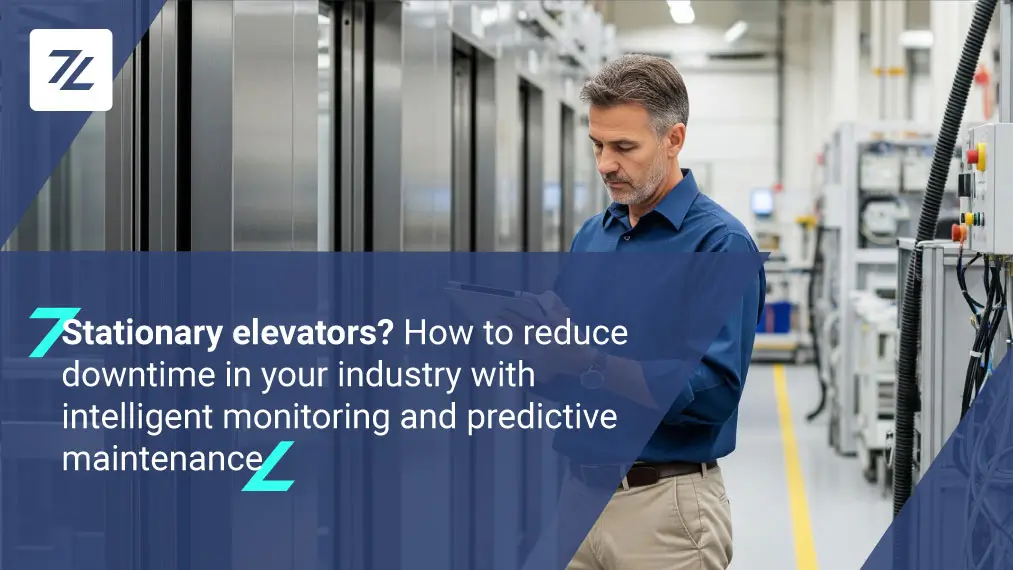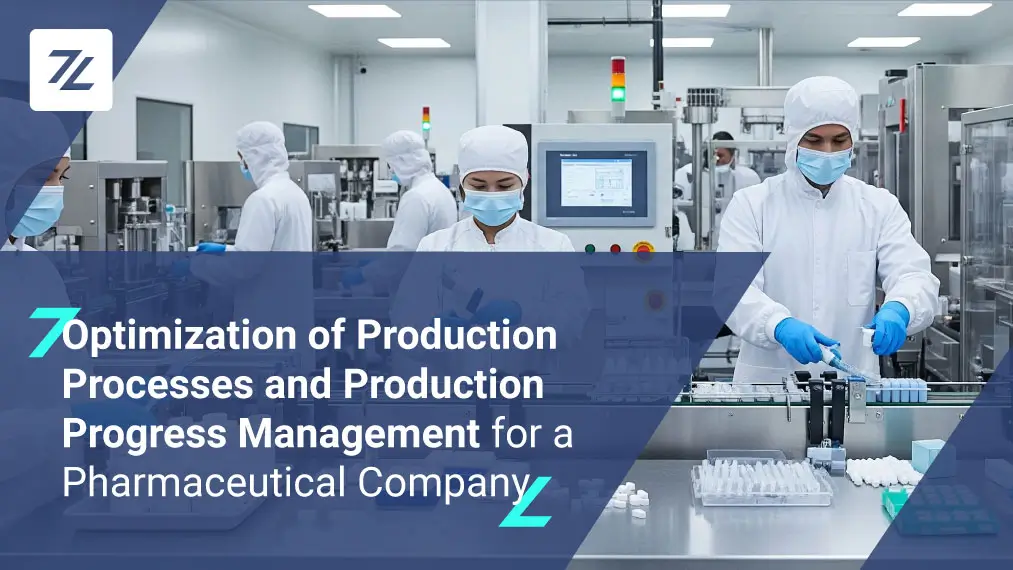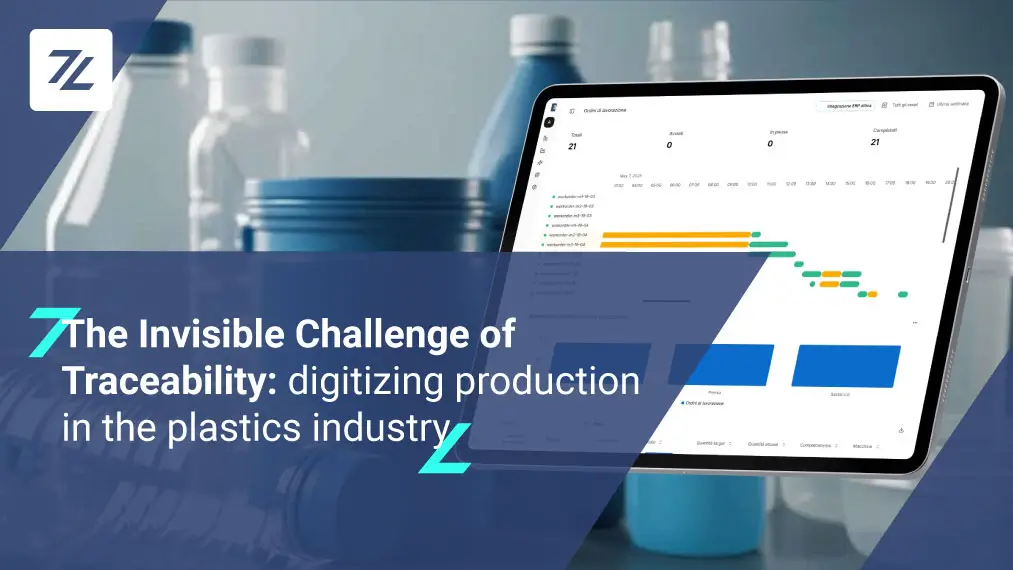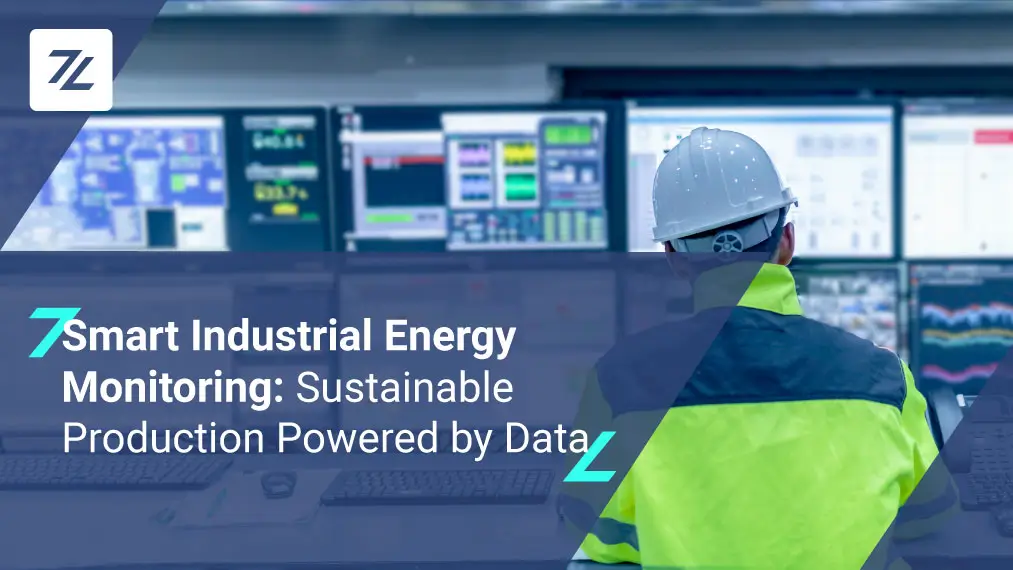In the increasingly competitive landscape of modern industry, maintaining machinery in perfect condition is not just a matter of efficiency, but also of economic and environmental sustainability.
You often hear about condition monitoring, Machine Health Monitoring, and the increasingly demanded predictive maintenance. While these might seem like mere technical jargon at first glance, they actually represent the most widespread and innovative practices adopted by companies to implement proactive maintenance strategies and ensure optimal management of their productive assets.
These approaches not only improve operational efficiency but also reduce costs and increase the sustainability of industrial processes. Read on to learn more!
What is Condition Monitoring?
Condition monitoring represents a fundamental proactive approach to ensuring the efficiency and operational continuity of industrial machinery.
This method relies on a network of advanced sensors capable of constantly monitoring key parameters such as vibrations, temperature, pressure, humidity, and other specific production process variables. The data is then analyzed to identify anomalies or trends that could indicate a potential failure or performance reduction.
For example, an increase in vibrations might suggest bearing wear or misalignment, while unusual temperature variations could indicate issues with cooling or lubrication systems. This allows companies to plan targeted interventions before problems transform into serious failures, thus avoiding unscheduled machine downtime that often results in significant economic losses.
Condition monitoring thus helps optimize maintenance costs: instead of relying on periodic or reactive interventions, which are often inefficient and expensive, companies can adopt a data-driven approach, performing interventions only when strictly necessary.
Machine Health Monitoring: A Step Beyond
An evolution of condition monitoring is represented by Machine Health Monitoring, a concept that integrates IoT and AI technologies to provide a more comprehensive view of machinery health.
While condition monitoring primarily focuses on collecting and analyzing real-time data to detect anomalies, Machine Health Monitoring not only identifies existing problems but also predicts them well in advance.
For instance, the system can detect that a gradual change in a motor’s vibration frequency is an early indicator of bearing wear or mechanical imbalance. Once the problem is identified, the system sends an alert, allowing maintenance to be planned well in advance, drastically reducing unexpected machine downtime, optimizing resource utilization, and minimizing operational costs.
An additional advantage of Machine Health Monitoring is the ability to integrate collected data with corporate management systems (ERP, CMMS), improving strategic and operational planning. Moreover, thanks to IoT technologies, these solutions are scalable and suitable for various industrial contexts, enabling companies to monitor entire machinery fleets, even in remote production sites.
Predictive Maintenance: Anticipating the Future
Predictive maintenance represents the most advanced approach to industrial maintenance management, leveraging historical and real-time data analysis to predict when a component might fail. Unlike reactive maintenance, which intervenes only after a breakdown, and preventive maintenance, which relies on predetermined time intervals, predictive maintenance allows action only when data indicates an imminent problem, ensuring targeted and efficient management.
Imagine a compressor used in an industrial plant. Through continuous monitoring of vibrations and temperature, the predictive maintenance system might detect a progressive increase in vibrations beyond standard values. This data, combined with the history of previous maintenance, enables the system to precisely predict when the compressor’s bearing is at risk of failure.
Before this occurs, the system sends an alert, suggesting scheduling a maintenance intervention, avoiding an unexpected and costly stoppage. This approach allows companies to save on emergency repairs, reduce downtime, and extend equipment life.
Download the white paper to learn more
What are the Advantages?
Implementing a predictive maintenance system requires significant initial investments related to sensor installation, IoT infrastructure, machine learning algorithm development, and improvement of internal analytical skills.
However, the advantages quickly offset the costs, guaranteeing a high return on investment:
- Reduction of Operational Costs: Maintenance interventions are performed only when strictly necessary, eliminating superfluous operations and reducing expenses related to emergency repairs and premature replacements.
- Minimization of Downtime: Predicting failures allows planning repairs during scheduled idle periods, ensuring continuous production and limiting unexpected interruptions.
- Resource Optimization: The ability to manage maintenance operations predictively enables better allocation of human and material resources, reducing downtime and improving productivity.
- Extension of Machinery Life: Timely and targeted interventions prevent premature wear and extend equipment duration, maximizing operational efficiency and protecting the initial investment in industrial assets.
- Environmental Sustainability: More intelligent and targeted resource utilization reduces waste and energy consumption, limiting environmental impact and contributing to achieving corporate sustainability goals.
Immediate Visibility with Zerynth Platform
Zerynth supports manufacturing companies with advanced AI solutions that transform maintenance into a proactive and automated process. Through condition monitoring, Machine Health Monitoring, and predictive maintenance technologies, the Zerynth platform provides comprehensive and real-time visibility into machinery status, helping prevent failures and optimize productivity.
Zero, our AI Copilot, analyzes collected data, identifying anomalies and deterioration signals, and sends you automatic notifications in case of critical issues. Through customizable dashboards, you can monitor KPIs and key metrics, perform in-depth analyses, and plan precise targeted interventions.
Zerynth doesn’t just provide technological tools, but redefines maintenance management. With continuous monitoring, personalized alerts, and predictive strategies based on data, Zerynth establishes itself as a strategic partner to address Industry 4.0 challenges and guide companies toward effective and sustainable digital transformation.
Want to discover how we can support your company’s digital transformation journey? Contact us today to learn how we can help, or request a quote!
Share This Story, Choose Your Platform!
Follow Zerynth on
Latest Posts





